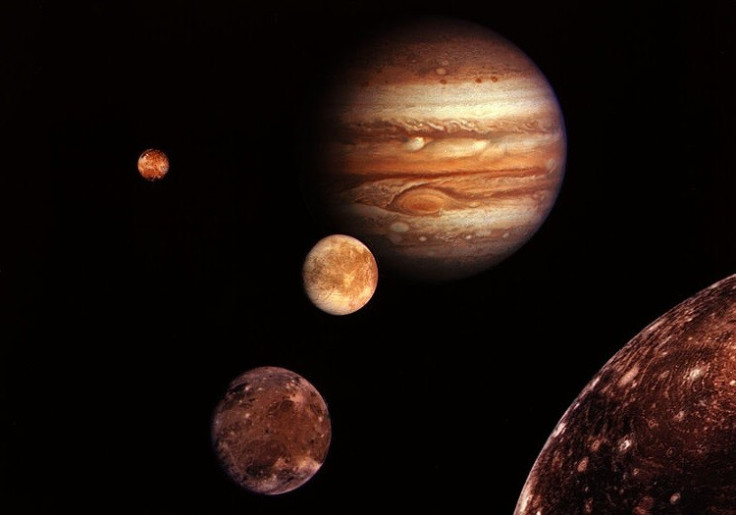Sensor that can detect vibrations of a living cell 'could be used in search for alien life'

A motion detector that can record the weakest of vibration caused by a cell in a living organism could be the latest instrument in the search for extraterrestrial life.
The motion sensor developed by Giovanni Dietler, Sandor Kasas and Giovanni Longo at EPFL works like a cantilever to which the sample is attached.
When placed in soil, it can sense the vibrations of a bacterium when it moves. It can pick the movement of its flagellum or even the vibrations accompanying normal biological functions.
By deploying a large array of cantilever sensors on the Mars rovers, for instance, life in its tiniest form can be detected on the Red Planet.
In this manner, the sensor uses vibration signature of life forms instead of the more standard chemical signatures sought in search for life on distant planets and rocky bodies.
The immediate application of the cantilever system will be in drug development. The cantilevers covered with bacteria or cancer cells are incubated with various drug compounds.
If the drugs are effective against the attached cells, the motion signals would decrease or stop altogether as the cells die off.
The idea is based on the atomic force microscope which uses a cantilever to produce pictures of the very atoms on a surface. The cantilever scans the surface under study and its movement is read by a laser to produce an image.
Cantilevers are anchored at one end while the other end bears a load. In this application, the load is made of bacteria and other life forms.
The system has been used to detect bacteria, yeast, and even cancer cells.
The team was able to detect and isolate vibrations signatures from cells in soil from the fields around the EPFL campus and water from the nearby Sorge river.
The work is published in the Proceedings of the National Academy of Sciences (PNAS).
The search for extraterrestrial life goes on
With Curiousity picking spikes in atmospheric methane, the debate over life extinct or extant on Mars has been revived. Given that the Sun's ultraviolet light untroubled by any ozone layer on Mars, would take apart any methane molecules in the atmosphere within 300 years or so, presence of methane means the gas was made recently, says Seti.
But Methane can be produced by geophysics as well as biology, when rocks and water interact chemically. The next step is to decide the origin of methane.
Meanwhile discovery of what seems to be water on Jupiter's moon Europa and Saturn's Enceladus has sent a positive sign to alien life hunters.
Besides the popular Seti search, there are many others like the MEarth which looks for earth like planets around dwarf stars using ground-based telescopes, and the exoplanet survey by Nasa's spacecraft Kepler, to mention a few.
© Copyright IBTimes 2025. All rights reserved.





















